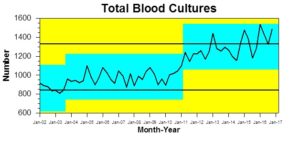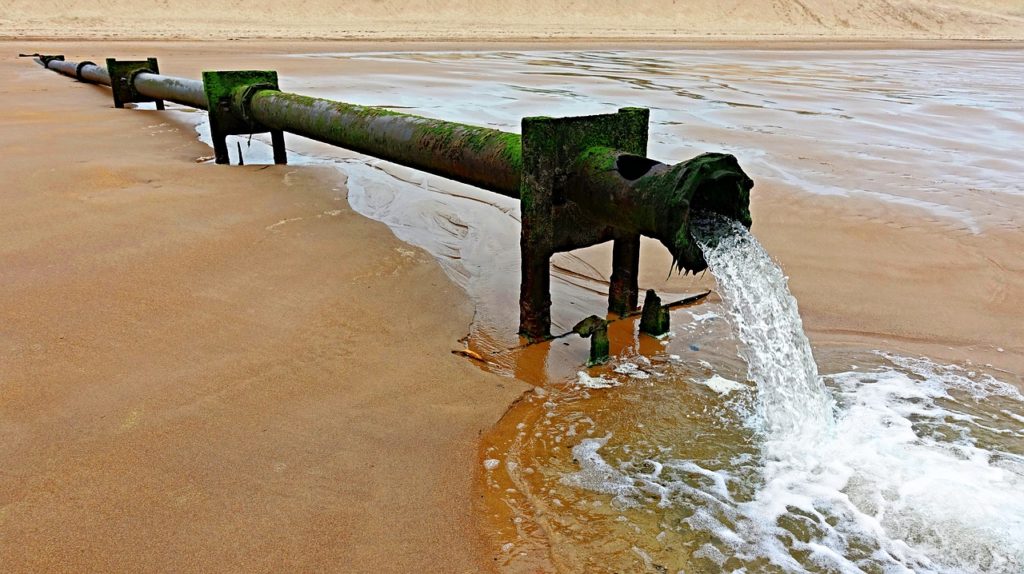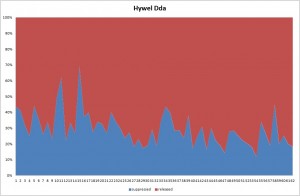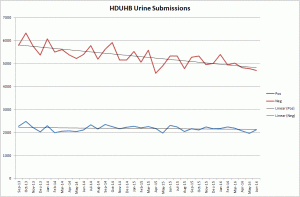I continue to be disturbed about the way we are driving the COVID-19 testing machine. I have been critical previously over the increased attention to testing asymptomatic individuals. The UK Government recently announced what I have dubbed their “Cuddles for Christmas” approach of rapid testing in care homes in England to allow relatives to visit their incarcerated loved ones without the need for social distancing. On the face of it, this sounds a wonderful idea but my worry is the results of these tests are taken as absolutes and nothing could be further from … Read the rest
COVID-19: All over by Christmas?
Clearly not in terms of the worldwide stage but perhaps from the UK and Wales perspective, to quote Churchill, “Now this is not the end. It is not even the beginning of the end. but it is, perhaps, the end of the beginning.” As an ex-military man, I am struck by where we are currently but also as I write on this Remembrance Day I am reminded this 11th November is also the 100th anniversary of the return of the Unknown Warrior to Westminster Abbey, so perhaps military quotes are in order. I also wonder … Read the rest
Rurality revisited
Prompted by Aled Scourfield, BBC Wales reporter for West Wales who read a previous post and interviewed me last Friday for the evening news, I decided I better get on and do what I promised to do and try and look at the rural distancing effect a bit more. Geographical distancing may be a better phrase. What I was thinking about was what effect does population density have on the spread of an infectious organism in the Welsh community. I downloaded a copy of the daily data published by my colleagues in Public Health … Read the rest
COVID, complexity and face-masks
Healthcare is a Complex Adaptive System, to quote Jeffrey Braithwaite. To be fair, I’d been aware of this for some considerable time, having first discussed the role of complexity science in healthcare associated infection is 2003. However, it was not until 2014 that we began to apply complexity science to our work, as discussed previously in this blog and in more detail in a BMJ blog. I could not think of a better video to offer a simple but relevant illustration of how a complex adaptive system works. If you have not viewed the video produced by the … Read the rest
COVID-19: Where next?

I live in west of Wales, a wonderful part of the world to live and during the current season, my three consultant colleagues and I decided the best way to help our colleagues is to try and maintain a consistent presence in each of our four hospitals. As a result, I have spent most of my days during the UK “lockdown” season in Bronglais General Hospital in Aberystwyth.
This has allowed me to reflect on the pandemic through the interactions with colleagues in this part of mid Wales. In my first presentation to the Bronglais “house” on 16th March, I … Read the rest
Demonstrating sepsis detection in Hywel Dda
 Medicine is a serious business and when you hear harrowing stories of sepsis, how do you respond? Certainly, many of the accounts you will read, or perhaps you have witnessed through personal exposure to family or friends who have had some form of sepsis, can be very disturbing. Survivor accounts can be as equally distressing to all those allied to the caring professions and for all of us beg the question, what more can we do to improve diagnosis? In Wales, as in other parts of the UK early recognition and detection of sepsis is key to early interventions. The … Read the rest
Medicine is a serious business and when you hear harrowing stories of sepsis, how do you respond? Certainly, many of the accounts you will read, or perhaps you have witnessed through personal exposure to family or friends who have had some form of sepsis, can be very disturbing. Survivor accounts can be as equally distressing to all those allied to the caring professions and for all of us beg the question, what more can we do to improve diagnosis? In Wales, as in other parts of the UK early recognition and detection of sepsis is key to early interventions. The … Read the rest
Catheter urine sampling
 I had a call this morning from one of our very talented staff nurses who wanted to check out carefully her understanding of when it is appropriate to send a sample for urine in a catheterised patient. She explained that she had an elderly patient and the patients daughter had suggested that the catheter urine should be sent to our laboratory on a weekly basis to check for infection.
I had a call this morning from one of our very talented staff nurses who wanted to check out carefully her understanding of when it is appropriate to send a sample for urine in a catheterised patient. She explained that she had an elderly patient and the patients daughter had suggested that the catheter urine should be sent to our laboratory on a weekly basis to check for infection.
The patient did not have any symptoms or signs to suggest urinary infection and had therefore advised that sampling was inappropriate but was facing a series of questions and could I … Read the rest
Antibiotic suppression reducing
In a previous article I promised that I would share a measure of the improvement we are seeing in the clinical information on our request forms. As you may know, the Hywel Dda University Health Board is committed to seeing reductions in all aspects of healthcare associated infections and has set themselves the target of reducing E coli bacteraemias by 20% as a global surrogate of all infections across our area.
Why is clinical information important?
Microbiology does not provide explicit answers to the question, “Does this patient have an infection?” Our laboratories will grow bacteria but are bodies are … Read the rest
Little things
 I have just completed my on-call week. As many will know our working pattern means one consultant is first on service for a seven day period. This ensures a degree of continuity when we receive calls and are dealing with the acute services. In this role, we are the first point of contact for enquiries and I thought therefore I would reflect on a couple of the highlights.
I have just completed my on-call week. As many will know our working pattern means one consultant is first on service for a seven day period. This ensures a degree of continuity when we receive calls and are dealing with the acute services. In this role, we are the first point of contact for enquiries and I thought therefore I would reflect on a couple of the highlights.
Little Thing #1:
One of my local GP’s rang to ask for a urine sensitivity result. I am always at pains to be as helpful as I possibly can when I … Read the rest
Urine quality improves
In a previous post I discussed the two simple rules that I ask colleagues to use to test interventions around the management of infections:
- First do no harm
- Second, find and take the positive action
All well and good offering this advice to others, but the challenge was also to me as a clinical microbiologist. In discussions with my colleagues, we agreed that a large number of our E coli bacteramias were probably as a result of urinary associated infection and if we were to make a difference, we needed to take a closer interest in how we managed the … Read the rest

 Image by
Image by 
 Image by
Image by 
 Image by
Image by 

